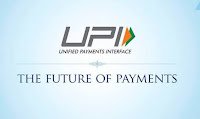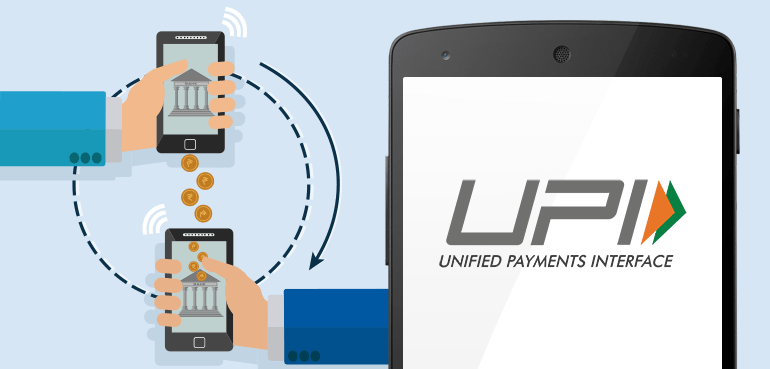India’s online payment system was going well and smoothly through RTGS / NEFT / IMPS. All of them works differently and have their own advantage and disadvantages. However, as soon as UPI introduced into the online payment system, it becomes a topic of discussion everywhere. From Silicon Valley to Australia all over the world were talking about it. Whether it is about India being the top in the digital transaction or it is the campaign to advance digital India, UPI is intalks. In fact, one of the leading newspapers published that the toffee making company is in loss due to UPI. Because ever since UPI is implemented, the practice of retailers giving out toffee instead of change money has been discontinued. The barcode we see in front of little stalls / shops/autos etc, made UPI a game changer.
There was a need to introduce UPI, and what UPI is doing that is making India’s name more well known across the globe.
Even after all the payment transaction method, people did not have the option, to buy goods directly from the merchants. They had to add beneficiary to transfer money and it was time taking process. In fact, if you want to transfer money through net banking then one has to follow multiple steps. We have to wait add beneficiary, wait for OTP etc. To sort out all these concern in 2016 the solution to all these was brought by NPCI. It is termed as Unified payment Interface – UPI.
NPCI is an association of many banks, It stands for National Payment Corporation of India. Earlier it had 10 banks but in 2016 it has 13 public sector banks, 15 private banks, 1 foreign banks, 10 cooperative banks and 7 regional bank were added.
This payment system was the brainchild of Raghuram Ranjan and Dilip Asbe. UPI is generally regarded as the advanced version of IMPS. It works on the same architecture and technology as IMPS. But UPI introduced a single pay virtual payment address instead of sharing the IFSC code, or account number etc to transfer the money. With the introduction of VPA, one can do the payment transaction from virtual payment address without sharing any of your details. Which is called as UPI ID.
Actually, UPI is a QR code-based payment system. Which not only transfer funds, but it also allows the user to do merchant payments. Through this we can easily buy goods and make payments. Earlier we could not request payment, but UPI gives us the option that we can request payment to anyone. If they approved the request then we get the money. Ther might be question running in the readers mind, that
Why they RTGS / NEFT/IMPS or UPI different?
Why not put all these together into a single system?
All the payment system operates on a completely different architecture from each other. There are crores of users are enrolled and crores of transaction are running live at a single point of time. It is not easy to migrate all these and integrate them in one place. Therefore, whenever a major change has to be made a separate system has to be introduced. Still UPI managed to integrate all these payment system to a large extent. We can link all the bank accounts with the same UPI ID. We can give money to the shopkeeper; we can take it from anyone. Just the mobile number linked to the bank account should be an active mobile number and in usage.
For a shopkeeper UPI infrastructure cost, is lessor than any other payment system. Because only QR code has to be used. Earlier the system has to have a machine, for swiping card, but in UPI the cost is almost negligible. NPCI wanted the technology of UPI to reach more and more people. The technology of UPI was also given to other third-party apps in a secure manner. Like paytm google pay, amazon pay etc. We must not have seen that before, that the option of RTGS and NEFT was in any app. But UPI technology integration was allowed and its API was given to third party apps in a secure way.
UPI is growing very fast at the global level as well. NPCI has started a subsidiary named NPCL international payment limited NPIL. Which has taken UPI to international level. UPI is being implemented in Singapore or Bhutan or Dubai. And the vision of India is to operate UPI all over the world.

